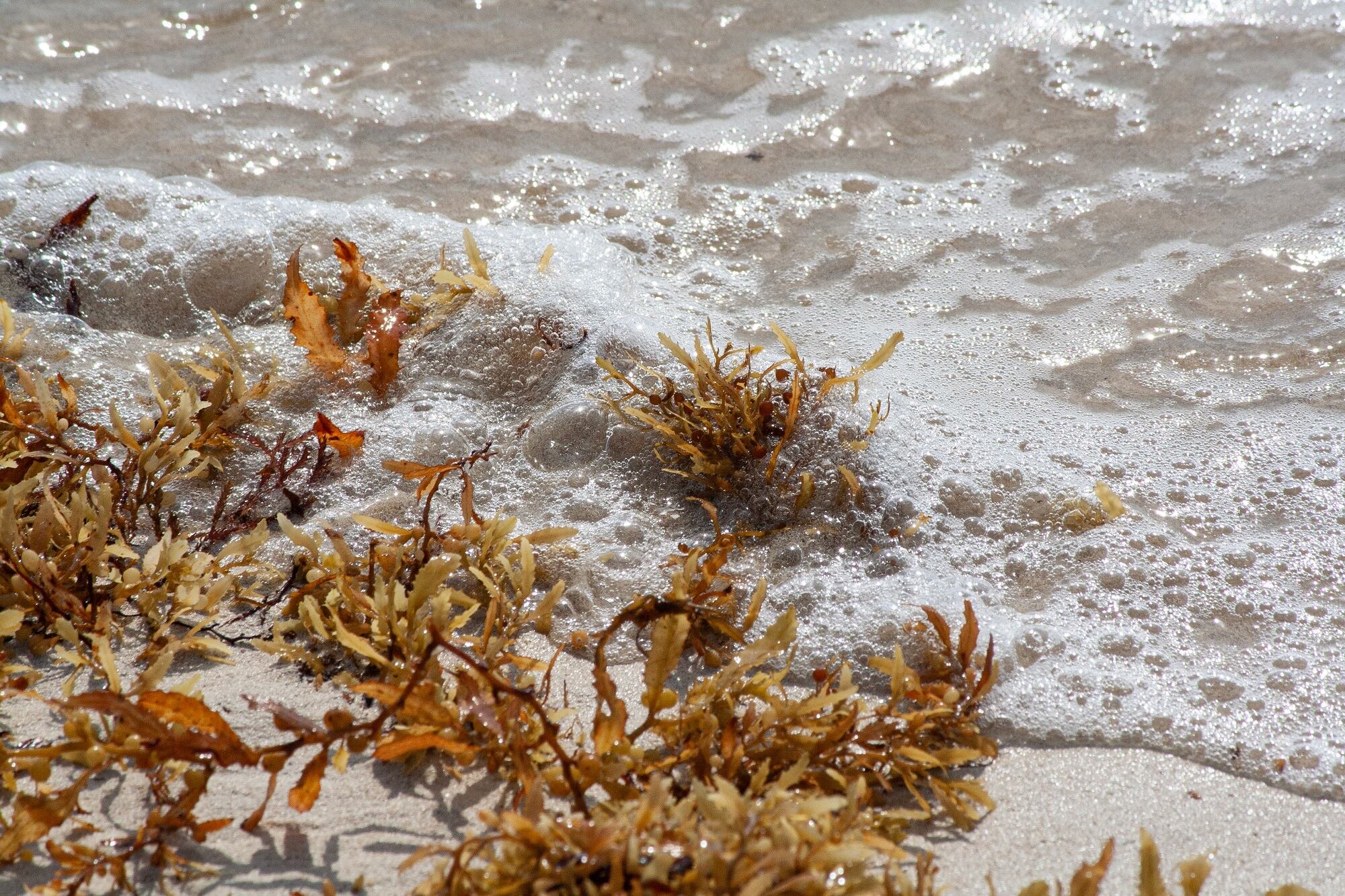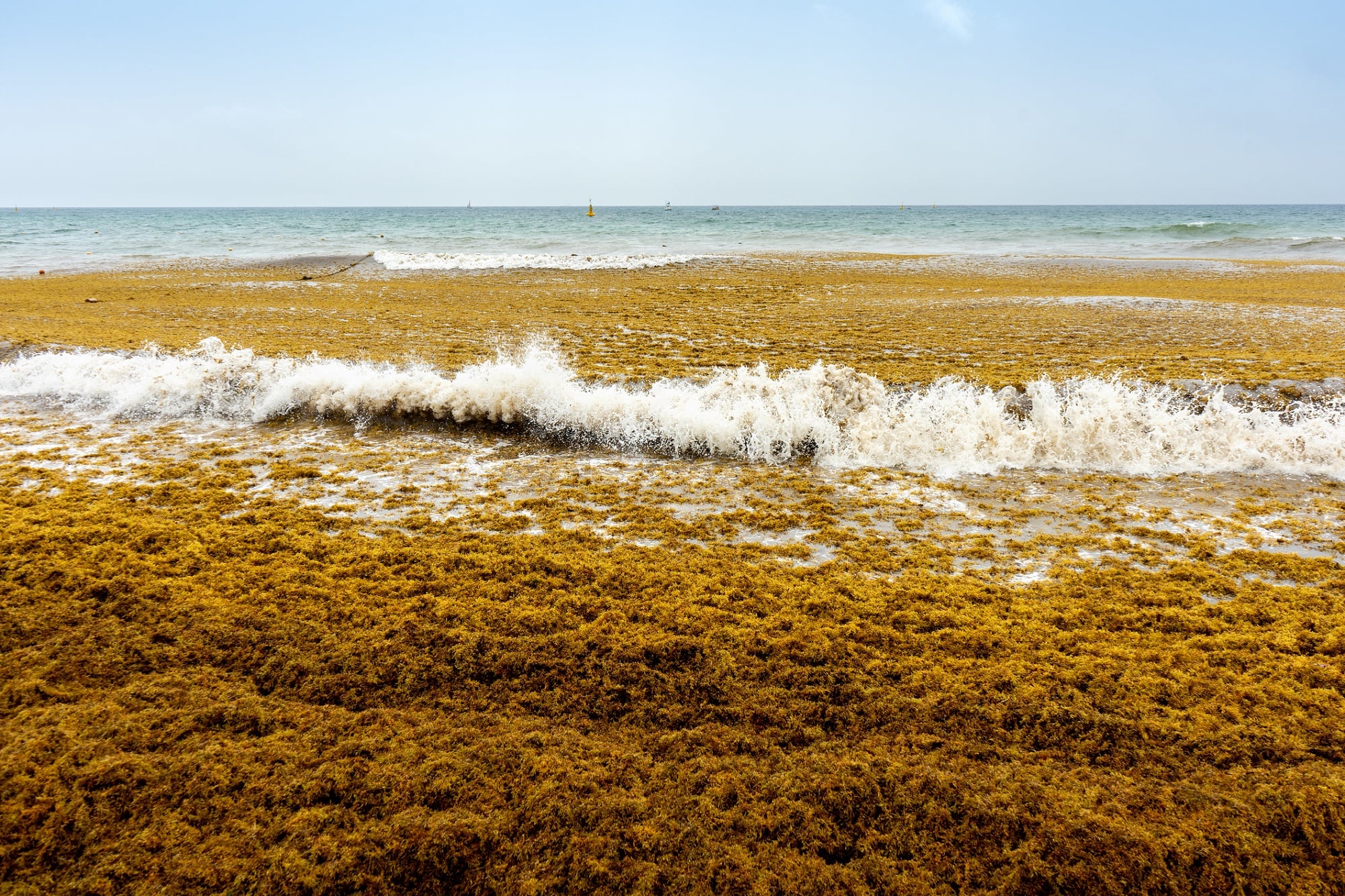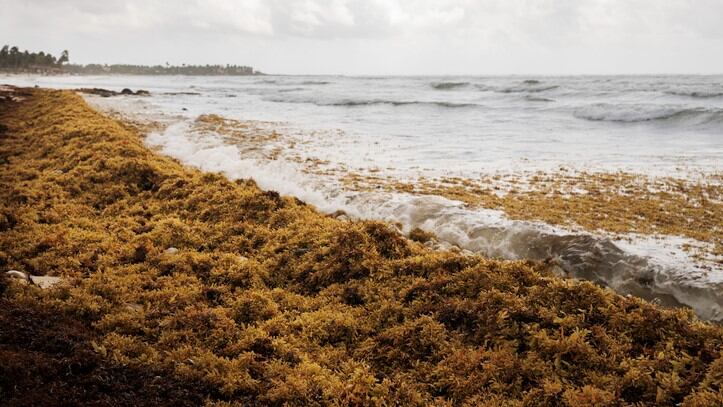Earlier this year, CosmeticsDesign reported that biomanufacturing company Carbonwave had secured $5 million in a Series A funding round, which was slated to be used to fund expansion and development efforts for the company’s proprietary processing of Sargassum seaweed into cosmetic emulsifier SeaBalance. Since then, Carbonwave has performed additional research backing the efficacy of SeaBalance and recently released a study on the ingredient’s moisturization and transepidermal water loss (TEWL) properties.
To learn more about SeaBalance, the results and key takeaways of the moisturization and TWEL study, and the study’s implications for manufacturers and suppliers to the cosmetics and personal beauty care product industries, CosmeticsDesign spoke to Jeff Yeh, Vice President of Personal Care at Carbonwave for his insights.
SeaBalance and Sargassum seaweed
Sargassum seaweed has often been in the news cycle in recent years as overgrowth causes increased damage to fragile coastal ecosystems. The plant is “a floating seaweed that requires no land, water, or fertilizer to grow, and unfortunately, it has been growing at an alarming rate over the past 15 years on average, likely due to warming oceans and increased fertilizer run-off,” said Yeh. As a result, Sargassum can cause “tremendous economic and ecological damage when it makes landfall in the Caribbean,” he explained.
Carbonwave was therefore formed to address the issues caused by Sargassum seaweed by collecting and upcycling the plant from Caribbean beaches by the megaton to produce SeaBalance emulsifier. “In doing so, we can help reduce methane emissions, protect local ecosystems, and diversify the local workforce beyond tourism,” shared Yeh, adding that “by testing and utilizing SeaBalance in commercial products, our customers are finding the beauty in Sargassum and helping to accelerate a new blue carbon economy.”
Cosmetic emulsifier SeaBalancewas developed by Carbonwave’s R&D team in Cataño, Puerto Rico, and “to our knowledge, this is the first-time seaweed has ever been upcycled to make a cosmetic emulsifier so proving the efficacy, consistency, and formulation stability in a variety of applications was a top priority,” Yeh said. Knowing that “Sargassum feedstocks are difficult to work with,” he added, “we were laser-focused on developing a unique and gentle extraction process, which is now patent pending.”
The resulting SeaBalance emulsifier is “an upcycled, highly flexible natural O/W emulsifier that works with a variety of emollients in both cold and hot processes,” said Yeh, which “creates a light, silicone-like skinfeel that is unique and aesthetically appealing.” Further, he added, “SeaBalance can be applied in a wide pH range, is compatible with electrolytes and mineral UV filters, and naturally creates lower viscosity emulsions offering flexibility to formulators.”
Study and critical takeaways
To conduct the moisturization and TEWL studies, which were not published in any peer-reviewed journals, Carbonwave “worked with a globally recognized lab,” which “tested a basic skincare formulation with 3% SeaBalance vs untreated skin on the inner forearm of panel participants to measure the moisturization effect and TEWL under different durations,” Yeh explained. From there, “the test was then repeated with the same formulation and use rate, but instead of SeaBalance, they used benchmark synthetic (PEG-100 Stearate, Glyceryl Stearate) and natural (Glyceryl Stearate Citrate, Polyglyceryl-3 Stearate, Hydrogenated Lecithin) emulsifiers, respectively, and compared the difference in effectiveness v. the SeaBalance formulation,” he shared.
The results were encouraging and showed a better moisturization effect and an improved protective barrier effect compared to benchmark emulsifiers. Regarding moisturization, the study determined that SeaBalance showed a 32% increase in variation of cutaneous hydration rate versus the natural benchmark emulsifier after 30 minutes and a 59% increase over the natural benchmark emulsifier after two hours. SeaBalance also showed a 54% increase in variation of cutaneous hydration rate versus the synthetic benchmark emulsifier after 30 minutes and a 69% increase over the synthetic benchmark emulsifier after two hours.
Regarding SeaBalance’s protective barrier effect, the study results indicated demonstrable skin barrier function improvement and a decrease of TEWL after six hours to keep moisture off the tested skin successfully. Yeh concluded that “the results prove that SeaBalance provides a statistically significant boost in moisturization verses the benchmark emulsifiers,” and Carbonwave plans to publish the study results on their company website.
Looking ahead
Carbonwave will continue working to innovate the sustainable ingredient space, and “with over 300 trials to date and a growing network of international distributors focused on specialty ingredients, we are constantly learning new ways to apply SeaBalance,” said Yeh. Plans for further development include “working on future versions of SeaBalance to expand use cases and provide even more options for our formulation testing partners,” he concluded.





